How to use Conversation Awareness and Live Listen on AirPods

At first glance, AirPods look just like any other true wireless earbuds. But that all changed when a few little-known features were discovered.
Vignette is a classic and timeless effect that darkens the edges of a photo to focus and draw attention to the subject. Vignettes can also give a photo a vintage or nostalgic look, or add a sense of mystery or drama.
And with Live Gradients in Photoshop 2023, creating vignette effects has never been easier. The term Live Gradient means that all properties of the gradient, including color, size, and position, remain editable after the gradient is drawn.
By combining the flexibility of Live Gradients with Photoshop's classic Foreground to Transparent gradient, we can add a vignette effect with complete control over the look of that effect.
Step 1: Reduce the image
First, zoom out to add some space around the image. We will need the space when drawing the gradient.
To zoom out, go to the View menu in the Menu bar and select the Zoom Out command .
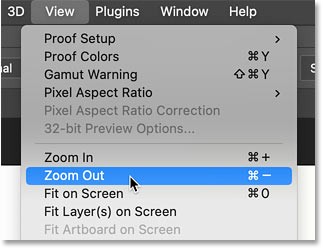
You will see some grey cardboard areas around the photo.
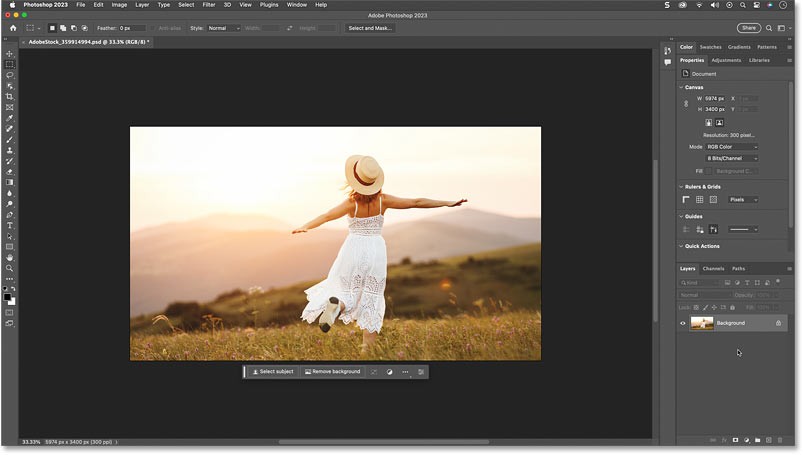
Step 2: Select Gradient Tool
Next, select the Gradient Tool on the toolbar.
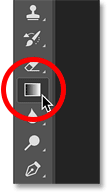
Step 3: Set Foreground color to black
Still in the toolbar, make sure your Foreground color is set to black.
If not, press D on your keyboard to reset the Foreground and Background colors to default (black for Foreground and white for Background).

Step 4: Set Tool Mode to Gradient
Then, in the Options Bar, make sure that the Tool Mode (new as of Photoshop 2023) is set to Gradient, which is the default.
Gradient is the setting we need to draw live gradients. The other option, Classic gradient, forces the Gradient Tool to behave like it did in earlier versions of Photoshop, which won't work for our vignette effect.
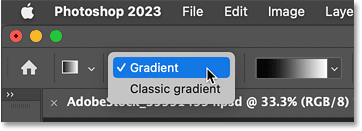
Step 5: Select Foreground to Transparent gradient
To create the vignette effect, we need Photoshop's Foreground to Transparent gradient.
So click on the gradient swatch to open the Gradient Preset picker.
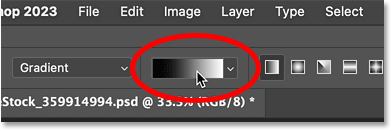
Rotate to open the Basic folder and select the Foreground to Transparent gradient (thumbnail in the middle).
Then press Enter on a Windows PC or Return on a Mac to close the preset picker.
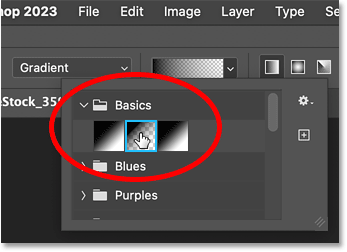
Step 6: Set Gradient Style to Linear
Next to the gradient preview bar are the Gradient Style icons.
For this vignette effect, choose the Radial style (second icon from the left), which will draw the gradient outward from its center.
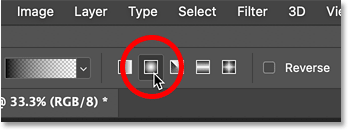
Step 7: Turn on Reverse option
Also in the Options Bar, enable the Reverse option by clicking its checkbox.
If you skip this step, the vignette effect will not work.

Leave Dither turned on and Method set to Perceptual. Both are default settings. And now we're ready to draw the gradient.
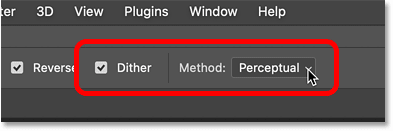
Step 8: Draw a radial gradient to add the initial vignette effect
Click and hold on the image where you want the center of the vignette to appear. Don't worry about getting it exactly right, because with live gradients we can reposition the gradient after we draw it.
Then, holding down the mouse button, drag away from that position to extend the gradient outward.
The center of the gradient is transparent, allowing the image underneath to show through as the gradient fades to black at the outer edge.
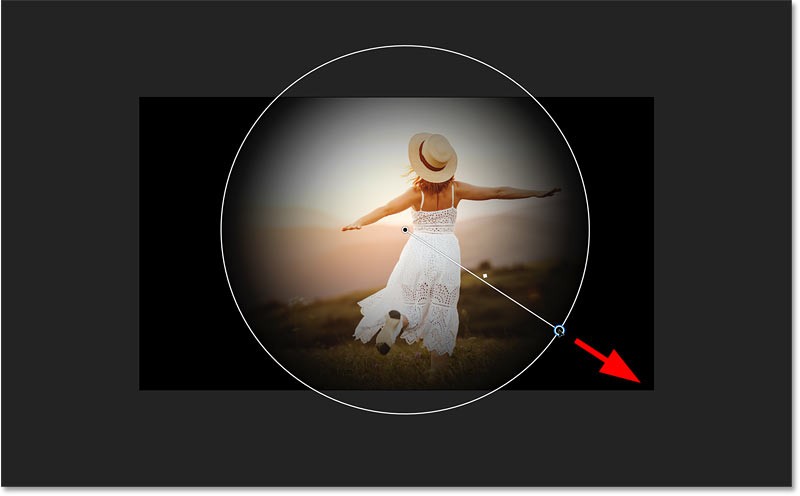
If you see black in the middle and transparency around the edges, it is because you forgot to enable the Reverse option in the previous step. So enable this option.
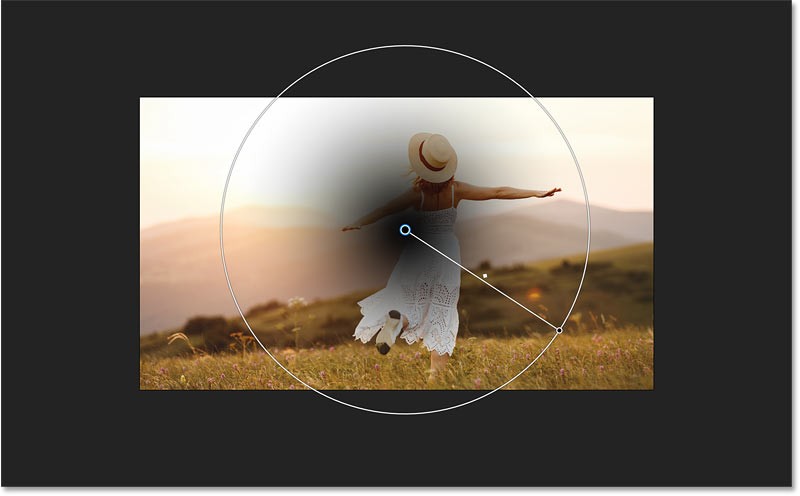
Then continue drawing the gradient outwards. You usually want to extend the gradient out to the edges of the image so the corners don't appear too dark (that's why you scaled the image down in step 1).
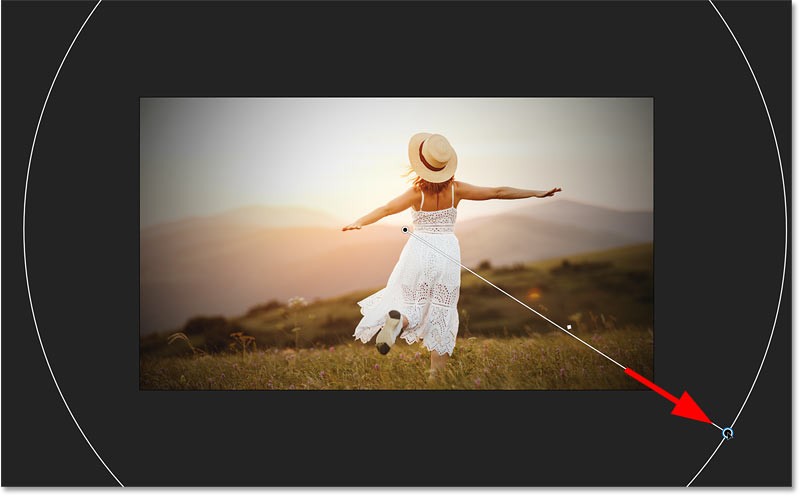
In the Layers panel, the gradient appears on its own Gradient Fill layer. This keeps the gradient and image separate so we can edit the gradient next.
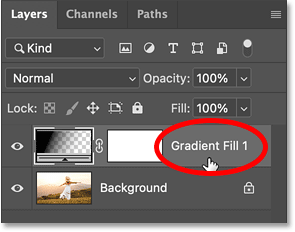
Step 9: Reposition the vignette effect around the subject
Now that you've drawn your gradient, you can reposition it by dragging the circular color stop in the middle. This makes it easy to center the vignette around your subject or place it wherever you want. For example, I'll drag the center of the gradient a little to the right.
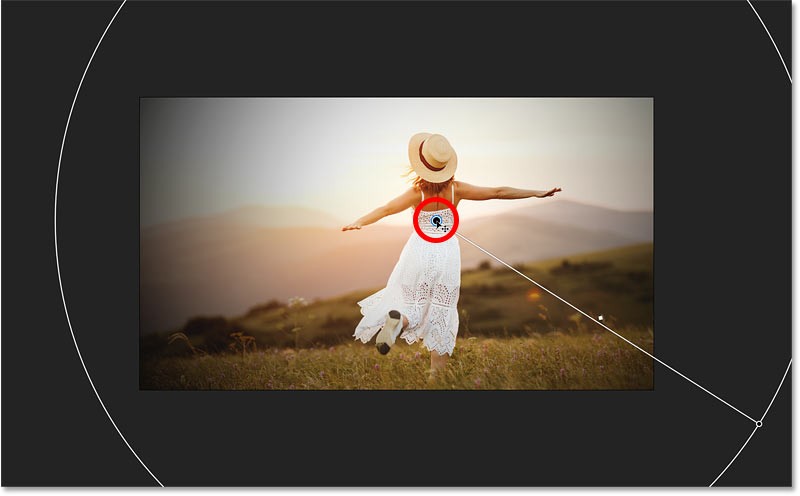
After moving the gradient, you may need to resize it by dragging the color stop on the outer edge. For example, I'll drag it out a bit more.
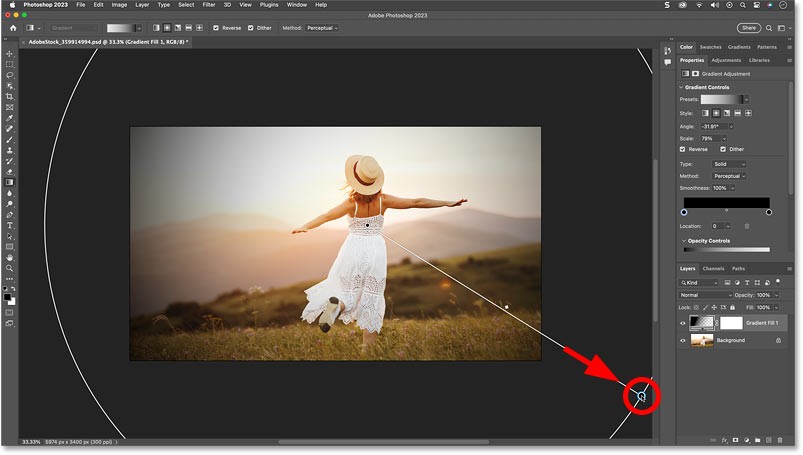
Step 10: Expand the transparent area in the middle
If the vignette effect makes your subject too dark, you can extend the transparent area in the middle of the gradient.
Go to the Properties panel and scroll down to Opacity Controls . You may need to rotate to open them.
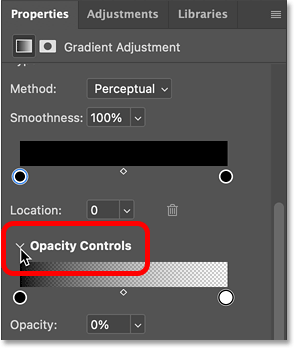
Then click on the white transparency stop on the right and start dragging to the left, but keep an eye on the image.
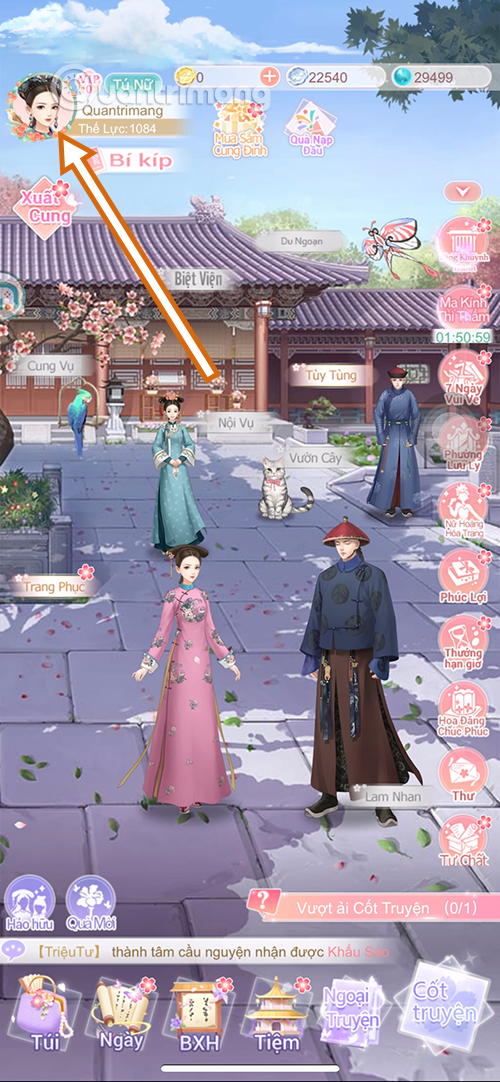
The further you drag, the further the transparency will be pushed away from the center, forcing the dark areas closer to the edges and restoring the original brightness of the object.
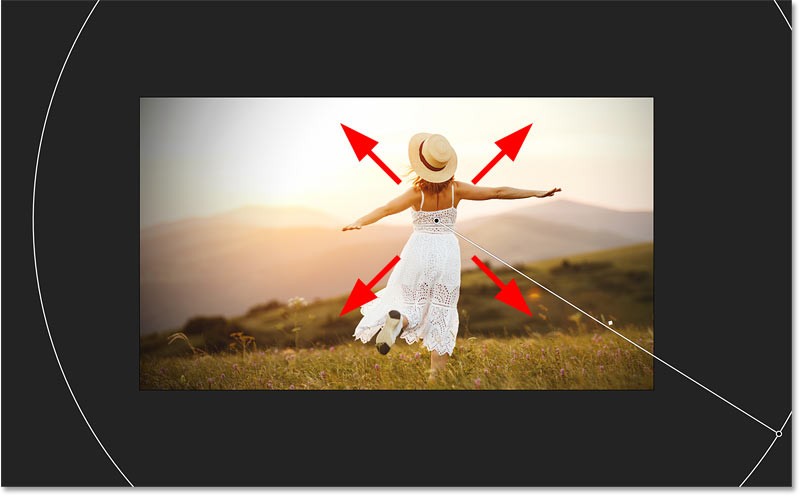
Step 11: Change the color of the vignette effect
Using black for the vignette effect color can make the effect look dull. To select a different color, double-click the color stop at the outer edge of the gradient.
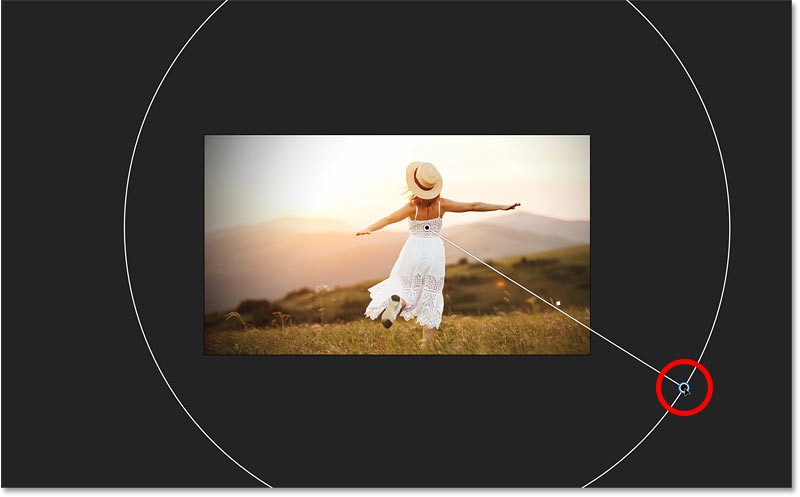
Then, select a new color from the Color Picker or click an area of the image to sample the color.
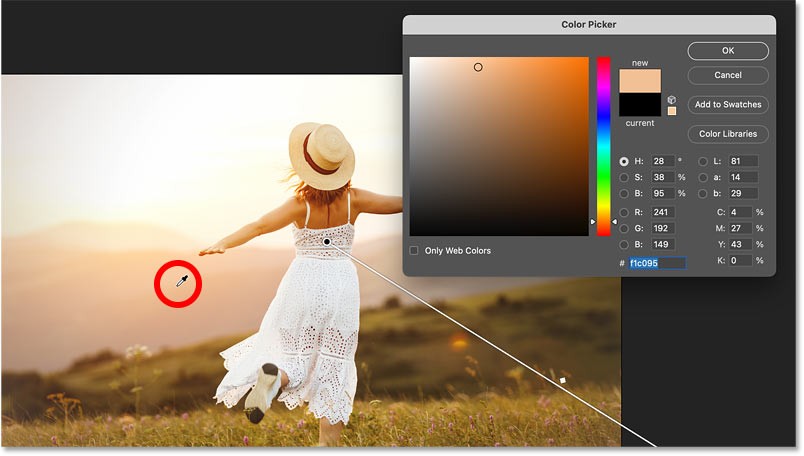
Then, since the example is using this color to create a darkening effect, it will select a much darker and more saturated version in the Color Picker.
Click OK to close the Color Picker when you are finished.

With the gradient now turning dark brown instead of black, the vignette effect looks a bit more subtle and natural.
The new color chosen is still too dark for the author's taste, but it will make it easier to see the next step as the article shows you how to hide the vignette effect in the light section.
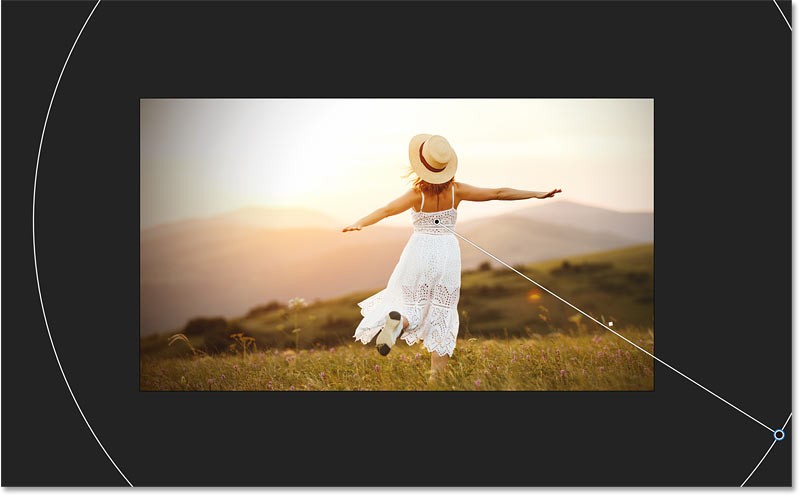
Step 12: Restore brightness in highlights
One problem with the vignette effect is that it darkens the bright parts. In the example image, this is very noticeable in the sky.
To reduce the vignette effect in the bright areas, click the fx icon at the bottom of the Layers panel.

Then select Blending Options from the top of the list.
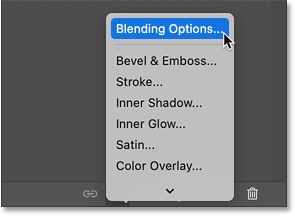
At the bottom of the Layer Style dialog box , look for the Underlying Layer slider (the bottom of the two bars).
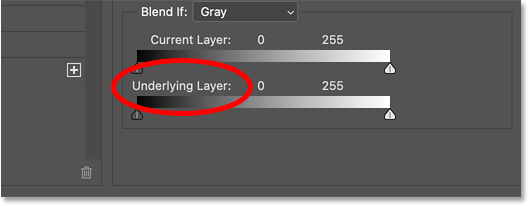
Below right of the bar is a white highlight slider.
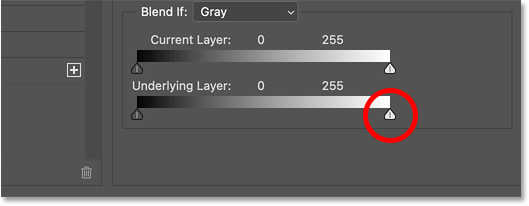
Hold down the Alt key on a Windows PC or the Option key on a Mac. Then, hold down the down arrow key and click and drag to the right.
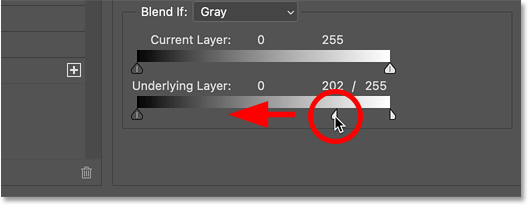
Pay attention to the image as you continue to drag to the left. The further you drag, the more highlights will be restored, so adjust the slider as needed.
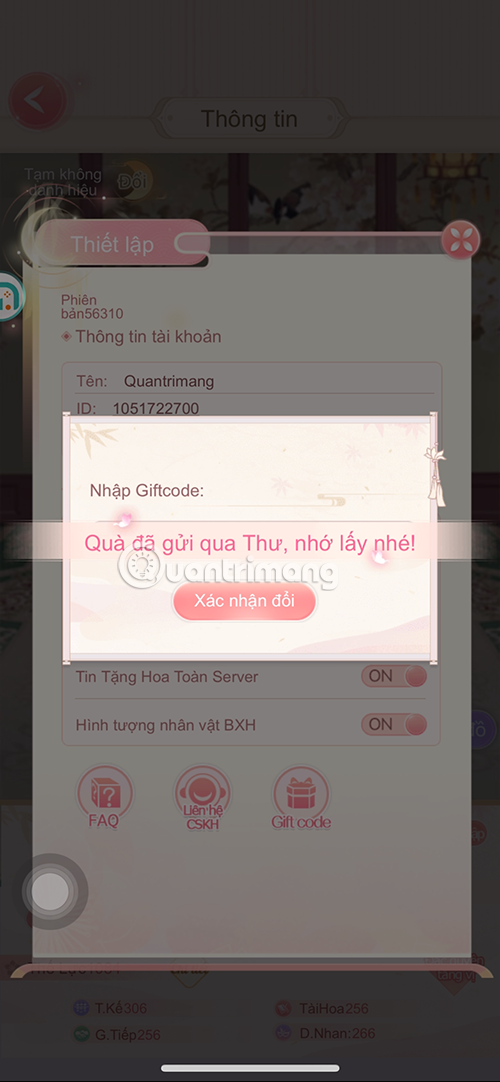
Click OK to close the Layer Style dialog box when you're done.
And now the vignette is barely visible on the sky (bright spots) while still darkening the edges and corners in the lower half of the image.

Step 13: Change blend mode to Soft Light
Another way to make the vignette look more natural is to change the blend mode in the Layers panel.
With the Gradient Fill layer active, change the blend mode from Normal to Soft Light .

While the Normal blend mode (default) just darkens the image, Soft Light is more like a lighting effect, blending the blur and image better.
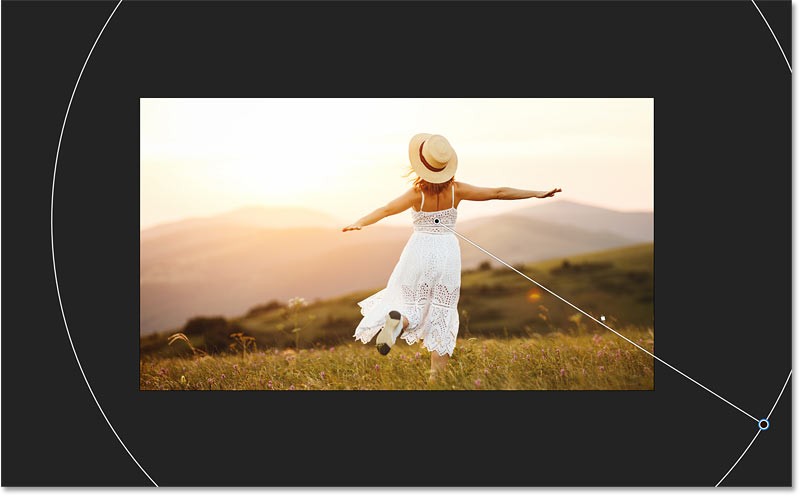
Step 14: Adjust the size or position of the effect if needed
Make any final adjustments to the size or position of the transition effect by dragging the color stops.

Step 15: Blur the vignette effect by reducing the Opacity
Finally, if the vignette effect looks too strong, you can soften the blur by reducing the Opacity of the Gradient Fill layer in the Layers panel.
For example, reduce the Opacity to 80%.
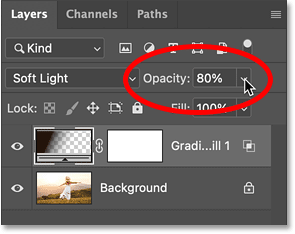
How to hide live gradient controls
To hide the gradient controls and get a better view of the vignette effect, select the Background layer in the Layers panel to deselect the Gradient Fill layer.
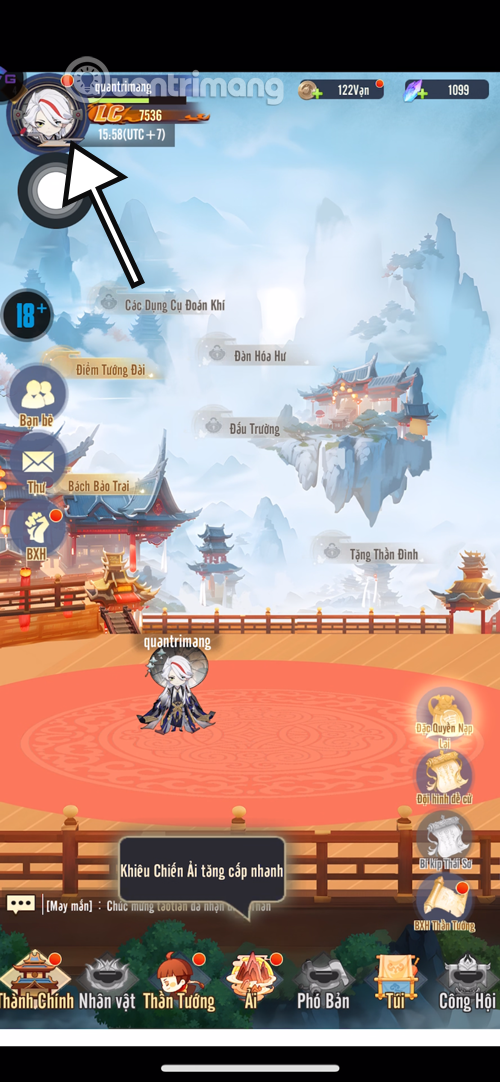
Hide the gradient controls by selecting another layer.
And here is the final vignette effect.
Vignette effect added to photo using Photoshop.

See also:
At first glance, AirPods look just like any other true wireless earbuds. But that all changed when a few little-known features were discovered.
In this article, we will guide you how to regain access to your hard drive when it fails. Let's follow along!
Dental floss is a common tool for cleaning teeth, however, not everyone knows how to use it properly. Below are instructions on how to use dental floss to clean teeth effectively.
Building muscle takes time and the right training, but its something anyone can do. Heres how to build muscle, according to experts.
In addition to regular exercise and not smoking, diet is one of the best ways to protect your heart. Here are the best diets for heart health.
The third trimester is often the most difficult time to sleep during pregnancy. Here are some ways to treat insomnia in the third trimester.
There are many ways to lose weight without changing anything in your diet. Here are some scientifically proven automatic weight loss or calorie-burning methods that anyone can use.
Apple has introduced iOS 26 – a major update with a brand new frosted glass design, smarter experiences, and improvements to familiar apps.
Yoga can provide many health benefits, including better sleep. Because yoga can be relaxing and restorative, its a great way to beat insomnia after a busy day.
The flower of the other shore is a unique flower, carrying many unique meanings. So what is the flower of the other shore, is the flower of the other shore real, what is the meaning and legend of the flower of the other shore?
Craving for snacks but afraid of gaining weight? Dont worry, lets explore together many types of weight loss snacks that are high in fiber, low in calories without making you try to starve yourself.
Prioritizing a consistent sleep schedule and evening routine can help improve the quality of your sleep. Heres what you need to know to stop tossing and turning at night.
Adding a printer to Windows 10 is simple, although the process for wired devices will be different than for wireless devices.
Diet is important to our health. Yet most of our meals are lacking in these six important nutrients.
You want to have a beautiful, shiny, healthy nail quickly. The simple tips for beautiful nails below will be useful for you.













